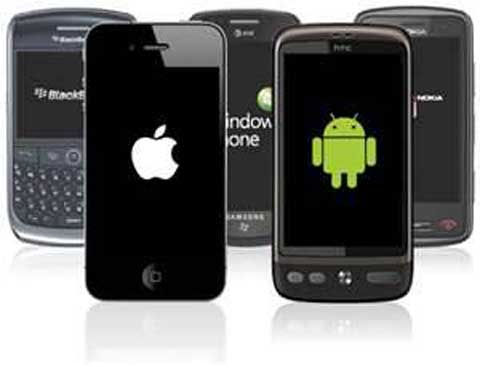With the increased importance of targeting mobile devices in the software development world, we need better tools to assess the quality of the user experience (UX) on these devices. This article introduces the context that creates the need for a model-based approach to evaluate mobile user experience so that different software, or versions of the same software, can be evaluated in a consistent way.
Author, Philip Lew, Ph.D., CEO of XBOSoft, http://www.xbosoft.com/
User Experience (UX), a term that first appeared a decade ago, has become a sought after aspect of quality aspect in most modern day products. However, there still lacks a formal definition or standard for UX in contemporary research or in common practice. Some relate it with core usability aspects such as efficiency and effectiveness while others describe it in terms of subjective user needs such as user satisfaction and pleasure. Others call it the ‘wow factor’.
With advent of smartphones and other mobile devices (such as tablets), users have quickly shifted from conventional desktops to highly sophisticated mobile and now wearable devices. Their enormous advantage of on-the-fly connectivity via Internet and flexibility has lead to rapid adoption of software applications on this platform. However “smart” and sophisticated these devices are, they do have challenges different from conventional applications (deployed/installed on desktops). For example, mobile smartphones usability is constrained by small sized screens (with low resolution) and keypads. With mobile applications, UX becomes even more complex due to the mobile’s natural characteristics, some of which include:
- Wide audience: Smartphones are getting popular day by day and it is expected that the user base of smartphones could reach approximately 2.5 billion by year 2015. From desktop to web-based was one level of user diversity. Now with mobile, we go up another level in user diversity with a user group that has expanded way beyond traditional ‘computer users’.
- Environmental conditions: The environment in which mobile devices are used is constantly in flux and mobile devices and their applications must adapt and change behavior according to environmental conditions. For example, depending upon the amount of light, the screen brightness or contrast can adjust automatically.
- Personal association: Mobile smartphones are not just a piece of electronic gear. Rather, users take them everywhere they go (yes, even in the bathroom) and they quickly transform into a personal belonging after being taken out of the box. This is much different than a traditional desktop that stays in one place. The transformation into a personal belonging is due to personalization of the device which includes settings, data, and software applications, not to mention other personalization aspects such as covers and earphones.
Due to all of these factors, it is not surprising that as mobile applications inundate the app stores. Mobile User eXperience (MUX) is starting to garner serious attention because some app developers are wondering why their app is not getting much uptake while others who may have less features for more money are. If you consider that if a user cannot learn your mobile app in 30 seconds, they will most likely uninstall it and find another, you better take MUX seriously.
Some of the key factors or characteristics that should be and are mostly considered when designing and evaluating MUX include:
- Aesthetics
- Efficiency and effectiveness
- User customization
Most of these factors focus on how the phone and its software operate, how the buttons are placed and operate, and how easy it is for a user to complete their everyday tasks. However, to systematically improve MUX requires a model-based approach that defines categories or characteristics for evaluation along with attributes. In this way, different software, or versions of the same software can be evaluated in a consistent way. When it comes to modeling usability and UX, most research points to ISO 25010 as a starting point. ISO 25010 sets forth a generic software quality model that includes such product characteristics as operability, reliability, performance combined with in-use characteristics as usability, efficiency, and effectiveness. The ISO 25010 is designed to be flexible and can be modified depending on the context, in our case, in evaluating mobile application quality. In our next article, we’ll start with the ISO 25010 quality model and show how we can extract parts of it to use as a basis for evaluating and improving user experience for the mobile world.
About the author
Philip Lew, Ph.D., is the CEO of XBOSoft, a global software quality services firm that consults with clients on software quality improvement methodologies and provides software testing services. With his passion for quality, he consults with clients on how to evaluate and improve their software through optimized processes and strategies.


